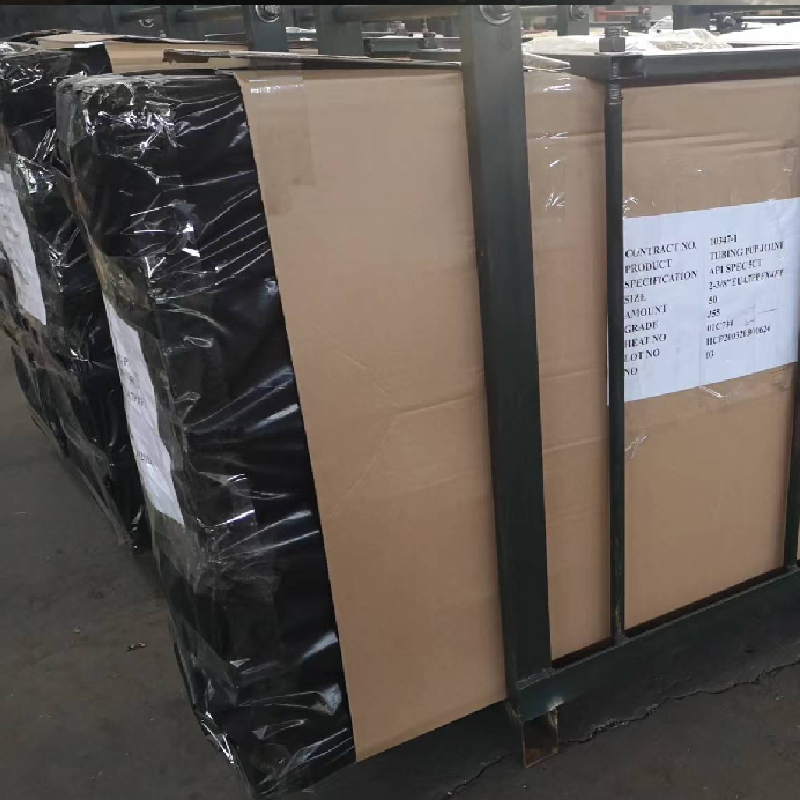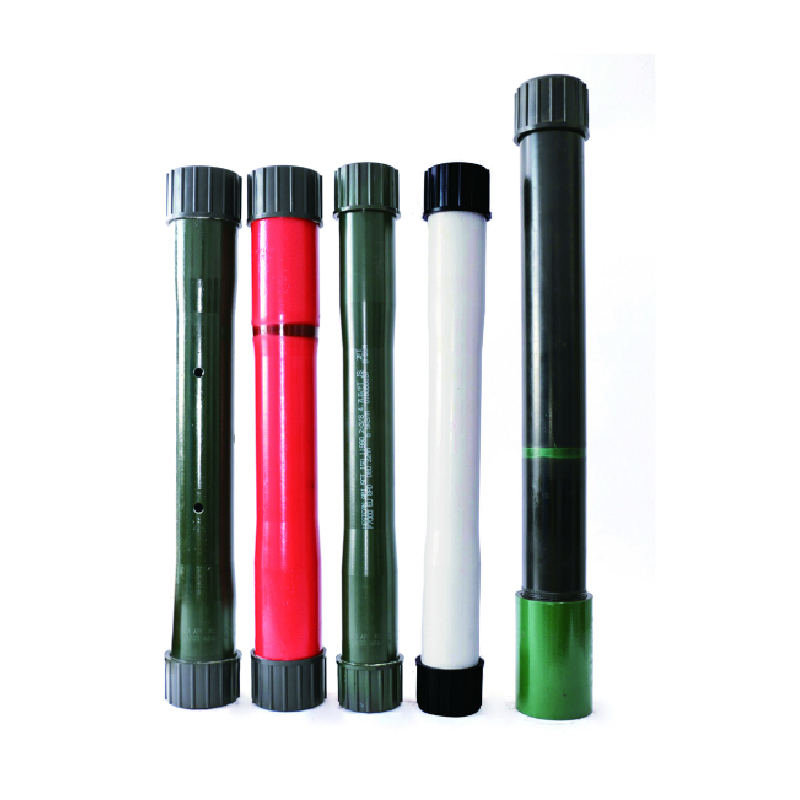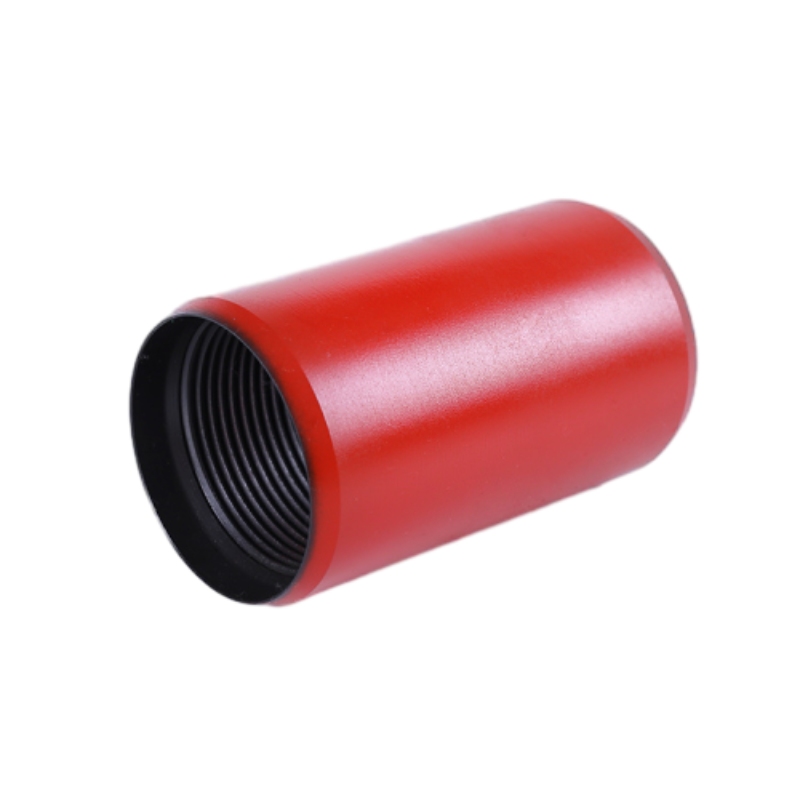Need a Pup Joint with API Spec, Custom Lengths, Fast Ship?
Casing Pup Joint: the small spacer that quietly saves rig time
In the middle of a hectic casing run, it’s the humble pup joint that often decides whether your hanger lands perfectly or you burn another hour on the tongs. I’ve watched crews debate half-foot increments like chess moves. The product here—Casing Pup Joint from Hengshui Weijia Petroleum Equipment Manufacturing Co., Ltd.—sits right in that sweet spot where machining discipline meets field practicality.

What it is, and why the industry still cares
A pup joint is a short section of casing used to fine-tune string length, manage tally tolerances, and ensure wellhead spacing. Sounds simple, yet it touches every part of the program: torque-turn control, hanger engagement, and in sour wells, compliance with strict metallurgy rules. Trends I’m seeing: more premium-thread pup joints for HP/HT wells, digital MTR traceability (QR-coded heat numbers), and “just-in-time” custom lengths to trim inventory bloat.
Key specifications (real-world ranges)
| Parameter | Typical Values (≈ / around) |
|---|---|
| Outside Diameter | 4-1/2" to 20" (others on request) |
| Lengths | 0.5–10 ft in 0.5 ft steps; common: 2, 3, 4, 6 ft |
| Steel Grades | J55, K55, N80, L80, P110, Q125; sour-service options |
| Connections | BTC/LTC/STC, premium threads (per OEM), thread dope per spec |
| Coatings | Phosphate, copper plating, storage varnish |
| Testing | Hydrotest, drift, MPI/UT on ends, API 5B thread gauging |

Materials and process flow
Feedstock arrives as API 5CT-conforming casing. After cut-to-length, ends are faced, beveled, and threaded on calibrated CNC lathes. Threads are verified with API 5B gauges; phosphate or copper coat is applied to reduce galling. Hydrotest to rated pressure (often up to the parent casing’s internal yield, within test rig limits), drift per size, and NDT on critical zones. Heat numbers are stamped; MTRs stored digitally. Service life? In normal conditions, a pup joint matches its parent casing—years or decades—though corrosion allowance and connection handling realistically set the limit.
Applications and advantages
- Landing hanger precisely without over-torque.
- Tuning wellhead height for BOP stack clearance.
- Padding the shoe track or spacing out float equipment.
- Workover jobs: bridging short gaps with pup joints instead of re-machining.
Advantages? Reduced NPT, better string balance, and honestly, fewer “close enough” compromises. Many customers say the right assortment of pup joint lengths pays for itself on the first complex casing run.
Vendor snapshot (what to look for)
| Vendor | API/ISO Certs | Lead Time | Customization | Traceability |
|---|---|---|---|---|
| Hengshui Weijia | API 5CT/5B, ISO 9001 (typical) | around 7–15 days | Lengths, grades, coatings, premium threads | Heat-to-piece, digital MTRs |
| Global Brand B | API 5CT/5B, ISO 11960 | ≈ 2–4 weeks | Strong, premium-focused | ERP integrated |
| Local Fabricator A | Varies | fast, but variable | Basic lengths/threads | Paper MTRs only |
Case note from the field
Middle East onshore: operator needed N80 LTC 2.5 ft pup joints to land a 9-5/8" hanger under tight BOP clearance. Custom cut/coat delivered in 9 days. Result: 6 hours NPT saved versus reconfiguring the tally. Crew feedback was almost giddy—“threads gauged perfect, dope took well, zero galling.”
Compliance and testing standards
Specified to API 5CT / ISO 11960 for material and product requirements, with thread gauging per API 5B. Sour service options comply with NACE MR0175/ISO 15156. Hydrostatic test and drift recorded; tensile strength aligns with parent grade. To be honest, documentation discipline matters as much as machining—ask for serialized MTRs tied to each pup joint.
Customization checklist
- Exact length (in 0.5 ft steps or metric cuts).
- Grades for sour/HPHT; SSC/HIC considerations.
- Thread form: BTC/LTC/STC or premium license.
- Coatings, thread protectors, laser marking, packaging.
Expected service life
In benign wells, a pup joint should last as long as the casing string. In CO2/H2S or high-chloride environments, select L80-13Cr or equivalent and follow controlled make-up practices; real-world life varies with corrosion rate and connection handling.
- API Specification 5CT: Casing and Tubing (10th ed.).
- API Specification 5B: Threading, Gauging, and Thread Inspection.
- ISO 11960:2020 Petroleum and natural gas industries — Steel pipes for use as casing or tubing.
- NACE MR0175/ISO 15156: Materials for use in H2S-containing environments.
- API TR 5C3: Strength calculations for casing and tubing.
-
Tubing Crossover - API Compatible, Custom Sizes, In StockNewsNov.10,2025
-
Tubing Coupling | High-Strength, Leak-Proof Steel CouplingsNewsNov.10,2025
-
Wholesale API Threading Casing Coupling | API 5CT, Fast ShipNewsNov.10,2025
-
Pup Joint Supplier | API Certified, Custom, Quick ShipNewsNov.10,2025
-
Pup Joint Manufacturers | Precision Machined, Fast DeliveryNewsNov.10,2025
-
Tubing Coupling | Precision Steel, Leak-Proof, Fast DeliveryNewsNov.03,2025







